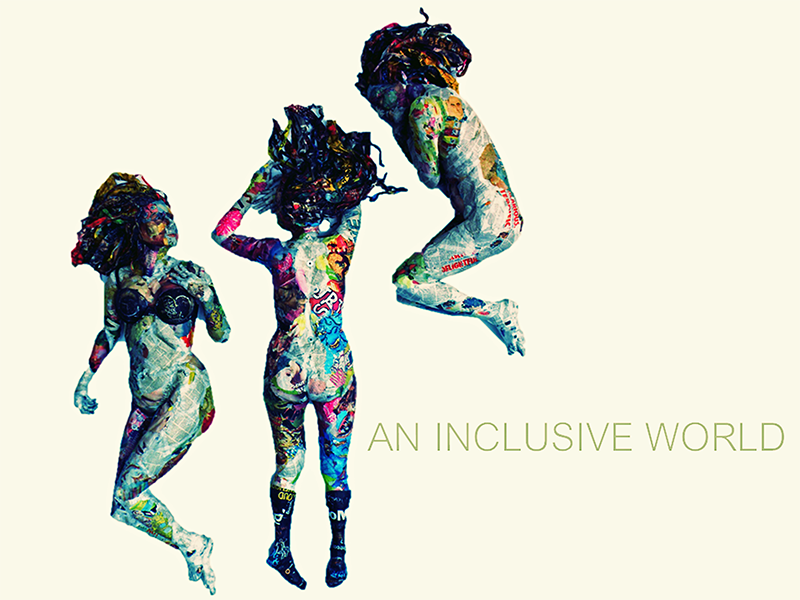Exhibitions - An Inclusive World
An Inclusive World
07.17.15 – 08.09.15
Community Partnership Exhibition Program
"Reflections of Chalkley” by Will Kurtz
“An Inclusive World,” is a traveling exhibition, organized and curated by its founder and director, Vida Sabbaghi. For the second time since its inception, it is being presented at the Queens Museum. The first exhibition was part of the inaugural opening in 2013 after the Museum’s major renovation. “An Inclusive World,” is inspired by the ways in which art engages and transforms lives. The exhibition celebrates a diverse group of professional, self-taught, and emerging artists without categorization based on biographies or the content of the work, underscoring the value of inclusion. “An Inclusive World” highlights this community of artists in the joint process of creativity and their imaginative use of repetition, recycling and repurposing. The work of contributing artist, Alice Hope, will also be installed at the museum library’s construction site, which can be seen from the outside entrance that faces the Unisphere.
The exhibition introduces artists who have explored using unusual materials in their work. The methodology, a melding of the old and the new, represents how largely through replication they have interpreted what they have seen and are moved by in the environment. Numeracy and materials are recurring themes throughout the show. The use of materials by the artists demonstrates how the medium itself can extend and reinvigorate the subject matter in ways that allow for a deeper understanding. The medium enables the artists to take their creativity to a higher level and reinvent their artistic practice. As Christian Faur, an artist known for using crayons repetitively to create figurative works, notes: “a set of axioms that are established at the outset through the limitations of the material or forms from which the work is constructed … dictates what can and cannot be “said” within the boundaries of the chosen medium. This material limitation can also be a strength, as there is the potential to contain thoughts and ideas in unique ways, so that the “medium” can become the “message.”
